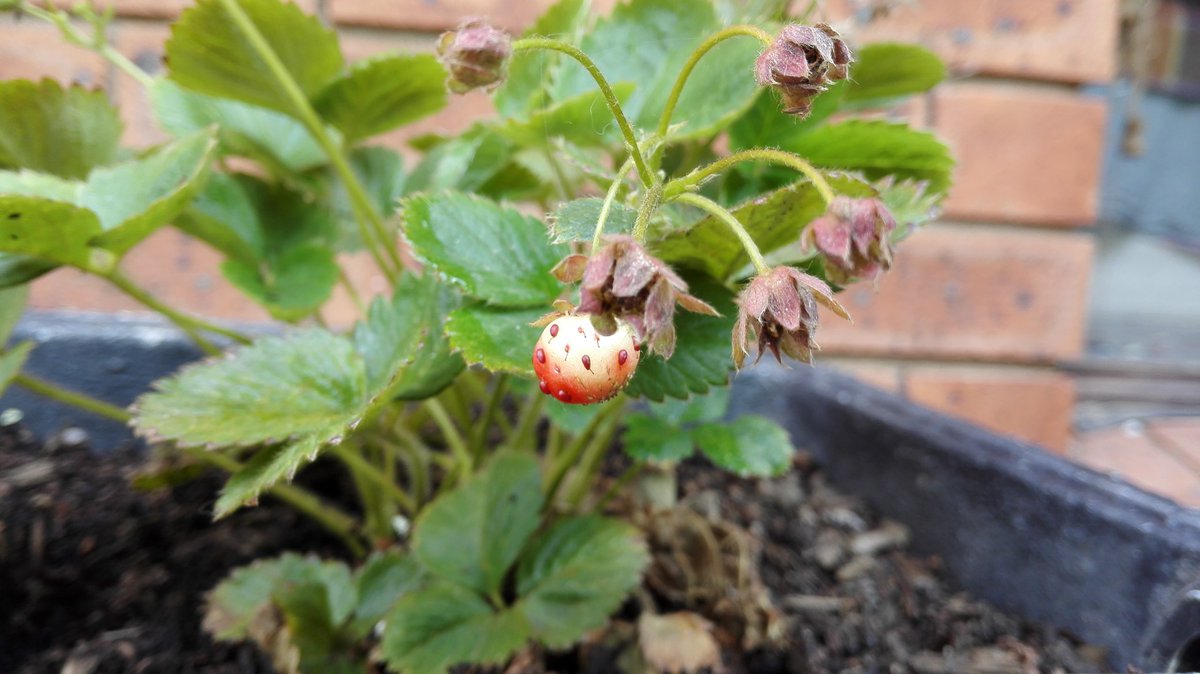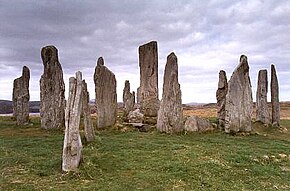
Oscar Wilde wrote: “Most people are other people. Their thoughts are someone else's opinions, their lives a mimicry, their passions a quotation.”
Pages
Thursday, December 31, 2015
Wednesday, December 30, 2015
Sixteen thousand, nine hundred and twelve kilometres

The distance between here & there ..

Today I start planning next May's big trip. The parts between here and Lochboisdale on South Uist are pretty straightforward and all can be completed by public transport. But how do we get this C5/6 quadriplegic from the ferry terminal at the south of the Outer Hebrides to the 5,000 year old standing stones at Callanish on the island of Lewis?
I don't know, to be honest. But we'll see.
Tuesday, December 29, 2015
Reading The Beach Boy in this week's New Yorker
 |
| PHOTOGRAPH BY DAVID BRANDON GEETING FOR THE NEW YORKER DESIGN BY TAMARA SHOPSIN |
In his General Introduction to The Penguin Book of the British Short Story Philip Hensher writes of the part played by magazines and journals in promoting and sustaining short story writing before lamenting the decline of such periodical platforms. There has ensued, he argues, both a loss of engagement with the form and a change of focus (from magazine to competition as the dominant but distorting platform) for those who write short stories. Mr. Hensher writes,
"For the greater part of the short story's history in Britain, the main publishers of short fiction were the editors of magazines and journals ... Blackwood's, Chamber's Edinburgh Journal, Household Words, All the Year Round, Cassell's, The Fortnightly Review, The Strand, ..."then continues,
"The possibilities for the writer of short stories have narrowed significantly in recent years. Where once there was any number of paying journals ... now the principal outlet for many writers of short stories is not publication but competitions."before concluding this thread of his Introduction with the mildly depressing observation that,
"There are very few outlets still able to pay a writer for a short story in a way that could encourage a writer to persist, and with the sort of editorial investment that will enable a writer to develop. Most of them are in the United States. The New Yorker has, happily, been able to develop the short-story writing careers of two of the best short-story writers now at work, Tessa Hadley and Zadie Smith. There is no British journal that would have published Hadley's stories, as the New Yorker has, twenty-one times, and paid properly for them."These are reasonable observations, accurately describing a decline in printed publication that's clear and regrettable, I'm sure. Oddly, however, it seem to me almost nothing is said by Mr. Hensher about the role now played by online platforms. There is, I think, a sense in which his Introduction limits itself to a lament for the lost era of publishing newspapers, magazines, journals, etc in hard copy forms. And that's fair enough - up to a point. For those of us of a certain age that's how it has been for most of our lives and for centuries before us. But ten years from now not even The New Yorker will survive in hard copy, printed format. We'll still be reading short stories though, online in new-form periodicals and journals. Who knows, there may even be a renaissance of the short story?
None of which is what I originally came here to write about today.
 |
| Otessa Moshfegh. Photo by Krystal Griffiths |
Labels:
fiction,
New Yorker,
reading,
short story
Location:
Gilmore ACT 2905, Australia
Monday, December 28, 2015
Beginning with a ghost story
Today I opened the first of (probably too many) books I bought before Christmas to read during my three weeks off work. When I originally read in The Guardian about The Penguin Book of the British Short Story, edited by Philip Hensher, I could hardly contain myself. (I'm not quite sure why that should be.)
As one does in Australia, where books are unreasonably expensive due to restrictive wholesaler practices, I sped off to the Book Depository, placed my order for the two, lovely hardback volumes then waited - until today. Keen for the books to arrive I suppressed my impatience by listening to Philip Hensher discuss the work with Claire Armitstead on the Guardian's Books podcast. This much I learned from their conversation: whatever else I read in the anthology I am already in its editor's debt for pointing me in the direction of a 'lost' tale entitled The Forty Litre Monkey. If that prospect doesn't entice you, nothing will.
The first story in the anthology is Daniel Defoe's A True Relation of the Apparition of one Mrs. Veal, the next Day after her Death: to one Mrs. Bargrave at Canterbury. The 8th of September, 1705. Snappy title. Not surprisingly, given the British tradition, it's a ghost story. According to wiki it's thought to be the first modern ghost story and I have no doubt Mr. Hensher sees it that way too. The early date and theme make the story, published anonymously as a pamphlet in 1705, an ideal place to begin.
I've not read much by Daniel Defoe. Any boy from my time and background would, of course, have read Robinson Crusoe. Man Friday lives with us forever. I'm pretty sure I first read the novel in an abridged, children's version presumably stripped of the worst excesses of its 18th Century racism. I read the unabridged text years later but it's the children's version I recall best; not to forget the classic black and white TV series of the 1960s, which I remember mostly for its stirring signature tune. In my defence I can only tell you I was seven years old when it was broadcast in 1964. Many years later, as a student at Sydney University, I read Roxana, or to give this early, surprisingly proto-feminist yarn its full name, The Fortunate Mistress: Or, A History of the Life and Vast Variety of Fortunes of Mademoiselle de Beleau, Afterwards Called the Countess de Wintselsheim, in Germany, Being the Person known by the Name of the Lady Roxana, in the Time of King Charles II. Another snappy title, although, to be fair to Defoe, such was the practice in the early days of the novel.
It's no great surprise then that I'd never read the story of Mrs. Veal's apparition. But it's a good place to start a two-volume set of 90 short stories of British origin spread across nearly 300 years. I'm looking forward to all that follows, not least the stories by writers I've never heard of before. So far - day one - I've read Mr. Hensher's 'General Introduction' and Defoe's ghost story (which predates, to illustrate a point, M Night Shyamalan's movie The Sixth Sense by 296 years). Already it's clear my purchase is money well spent.
As one does in Australia, where books are unreasonably expensive due to restrictive wholesaler practices, I sped off to the Book Depository, placed my order for the two, lovely hardback volumes then waited - until today. Keen for the books to arrive I suppressed my impatience by listening to Philip Hensher discuss the work with Claire Armitstead on the Guardian's Books podcast. This much I learned from their conversation: whatever else I read in the anthology I am already in its editor's debt for pointing me in the direction of a 'lost' tale entitled The Forty Litre Monkey. If that prospect doesn't entice you, nothing will.
The first story in the anthology is Daniel Defoe's A True Relation of the Apparition of one Mrs. Veal, the next Day after her Death: to one Mrs. Bargrave at Canterbury. The 8th of September, 1705. Snappy title. Not surprisingly, given the British tradition, it's a ghost story. According to wiki it's thought to be the first modern ghost story and I have no doubt Mr. Hensher sees it that way too. The early date and theme make the story, published anonymously as a pamphlet in 1705, an ideal place to begin.
I've not read much by Daniel Defoe. Any boy from my time and background would, of course, have read Robinson Crusoe. Man Friday lives with us forever. I'm pretty sure I first read the novel in an abridged, children's version presumably stripped of the worst excesses of its 18th Century racism. I read the unabridged text years later but it's the children's version I recall best; not to forget the classic black and white TV series of the 1960s, which I remember mostly for its stirring signature tune. In my defence I can only tell you I was seven years old when it was broadcast in 1964. Many years later, as a student at Sydney University, I read Roxana, or to give this early, surprisingly proto-feminist yarn its full name, The Fortunate Mistress: Or, A History of the Life and Vast Variety of Fortunes of Mademoiselle de Beleau, Afterwards Called the Countess de Wintselsheim, in Germany, Being the Person known by the Name of the Lady Roxana, in the Time of King Charles II. Another snappy title, although, to be fair to Defoe, such was the practice in the early days of the novel.
It's no great surprise then that I'd never read the story of Mrs. Veal's apparition. But it's a good place to start a two-volume set of 90 short stories of British origin spread across nearly 300 years. I'm looking forward to all that follows, not least the stories by writers I've never heard of before. So far - day one - I've read Mr. Hensher's 'General Introduction' and Defoe's ghost story (which predates, to illustrate a point, M Night Shyamalan's movie The Sixth Sense by 296 years). Already it's clear my purchase is money well spent.
Labels:
fiction,
reading,
short story
Location:
Gilmore ACT 2905, Australia
Saturday, December 26, 2015
Six Small Pots

It can be surprising what you come across when you're not looking for anything at all. I found these potter wasp pots on a pile of wood outside the front door of Spike's parents' house in the Dooralong valley. Magical constructions.
Wednesday, December 16, 2015
Subscribe to:
Posts (Atom)

